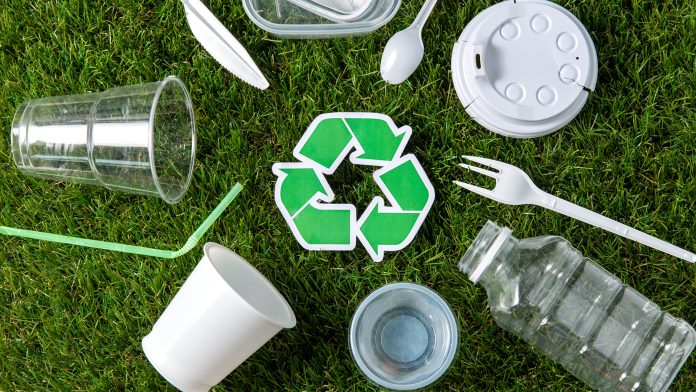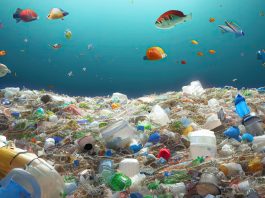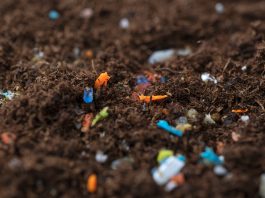Experts at Kobe University in Japan have pioneered an innovative method to produce green plastic.
The team of bioengineers are leveraging bacteria to create a plastic modifier that yields renewably sourced, more processable, green plastic.
The novel sustainable plastic process has industrial-scale production potential, a development that could make the industry more environmentally friendly.
A paradigm shift in plastic production
Plastic, an indispensable component of modern civilisation, has long been associated with environmental degradation due to its persistence and reliance on non-renewable resources like crude oil.
Seeking a sustainable plastic alternative, researchers have turned to polylactic acid (PLA) derived from plants. However, PLA’s inherent brittleness and poor degradability have hindered its widespread adoption.
To surmount these challenges, Kobe University’s bioengineers and Kaneka Corporation ventured have collaborated.
Their strategy involved blending PLA with another bioplastic known as LAHB, prized for its biodegradability and compatibility with PLA. However, LAHB’s production necessitated the genetic engineering of bacteria to yield its precursor.
Engineering bacteria
Through meticulous genome manipulation, the research team successfully engineered bacteria capable of mass-producing LAHB precursor chains from glucose, a readily available feedstock.
Moreover, they achieved precise control over chain length, enhancing plastic properties. This feat enabled the production of ‘ultra-high molecular weight LAHB,’ a game-changer in plastic manufacturing.
Developing the ultimate green plastic
By incorporating ultra-high molecular weight LAHB into PLA, the researchers achieved a material surpassing expectations.
The resulting green plastic boasted enhanced moldability, shock resistance, and biodegradability. The innovative composite biodegrades in seawater within a mere week, offering a sustainable solution to plastic pollution.
Taguchi Seiichi of Kobe University commented: “By blending polylactic acid with LAHB, the multiple problems of polylactic acid can be overcome in one fell swoop, and the so modified material is expected to become an environmentally sustainable bioplastic that satisfies the conflicting needs of physical robustness and biodegradability.”
The bioengineers have further ambitions. The bacteria strain they employed possesses the remarkable ability to utilise CO2 as a primary resource. Consequently, there exists the potential to craft beneficial plastics directly from this greenhouse gas.
Taguchi added: “Through the synergy of multiple projects, we aim to realise a biomanufacturing technology that effectively links microbial production and material development.”
Kobe University’s breakthrough not only promises to revolutionise the plastic industry but also underscores the potential of biotechnology in advancing sustainability.
With the scalability and tunability of this novel production method, the prospect of widespread adoption of renewable, green plastic becomes increasingly feasible.









